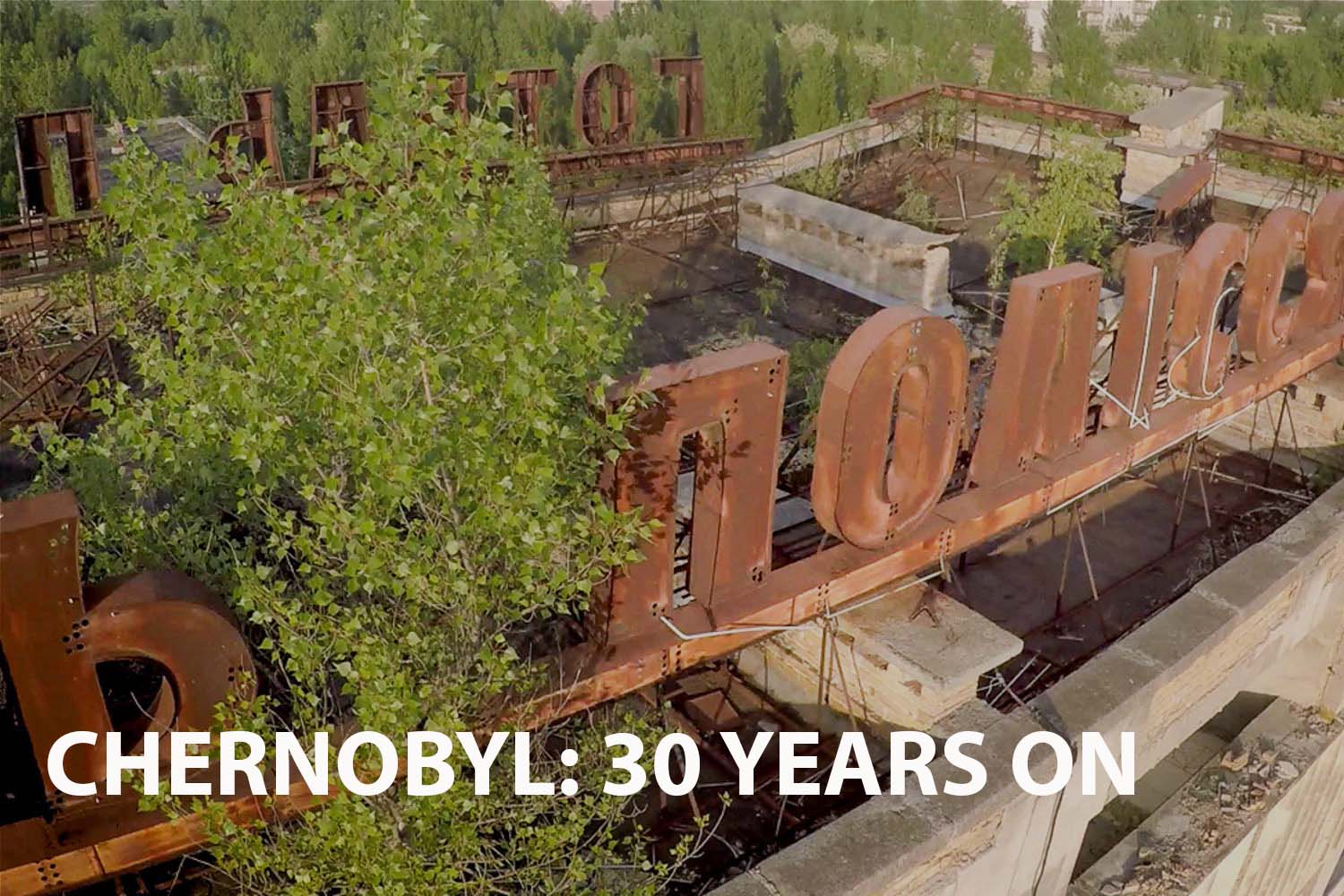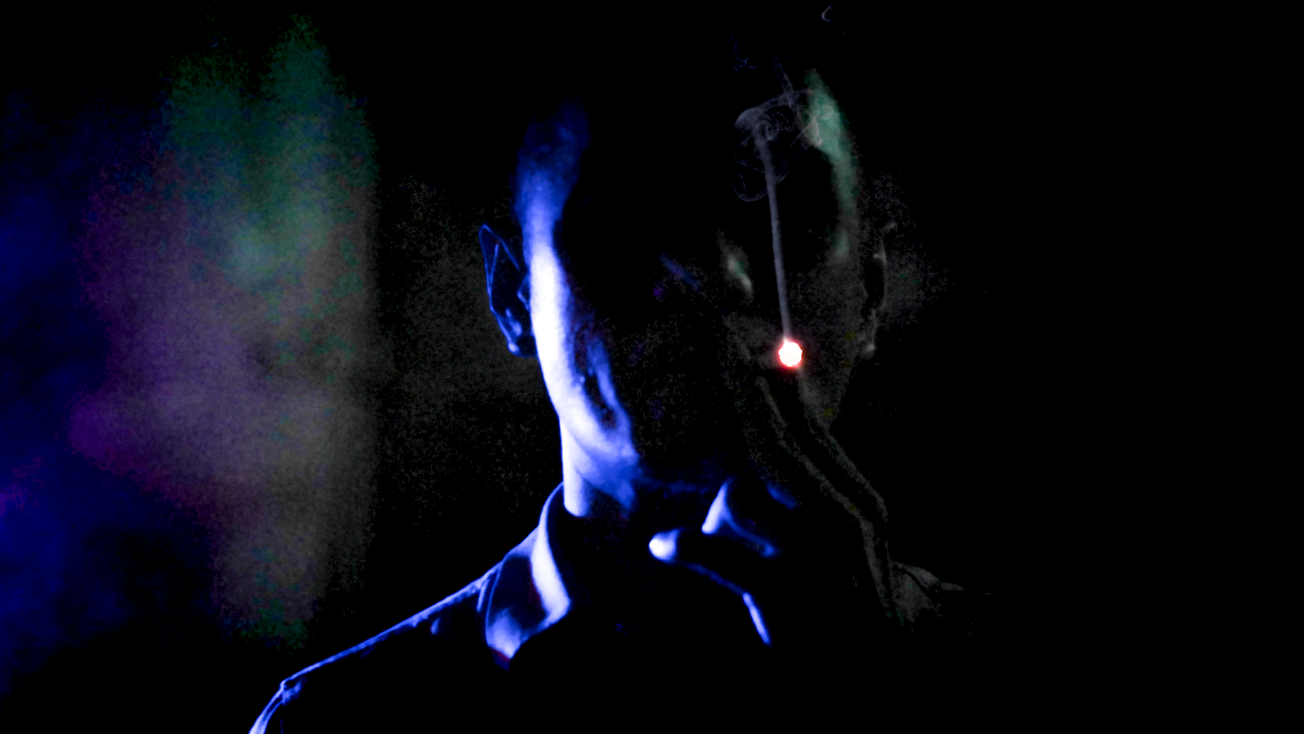Keywords: Chernobyl, nuclear accident, radiation, health risks, containment, innovative solutions. Three words: Insightful, Chilling, Informative
Introduction
In "Chernobyl: 30 Years On," directors Daniel Baar and Matthias Hambsch take us back to 1986, to the site of history's worst nuclear accident. Released in 2015, this documentary provides an insightful exploration into the enduring effects of this catastrophic event and the ongoing efforts to contain the radiation and protect public health.
Synopsis
The documentary takes a detailed look at the immediate aftermath of the Chernobyl disaster and the steps taken over the subsequent thirty years to contain the radiation and prevent further leaks. It examines the innovative solutions being implemented and the continuing challenges as the world grapples with the long-term health implications of the disaster.
More Film Analysis
Analysis
"Chernobyl: 30 Years On" adopts a sobering, fact-filled approach, combining archival footage with expert interviews and on-location filming. It delves deep into the scientific and medical aspects of radiation exposure, and presents a balanced view of the ongoing containment efforts and their effectiveness.
Historical and Factual Context
The Chernobyl disaster, which occurred on April 26, 1986, in the No.4 reactor at the Chernobyl Nuclear Power Plant, near the city of Pripyat in Ukraine, is considered the worst nuclear disaster in history. Despite the containment efforts, the area around the reactor remains highly radioactive and uninhabitable.
Key themes in the film
- The long-term effects of radiation exposure
- The continuing efforts to contain the Chernobyl disaster
- The need for innovative solutions to protect public health
Film Comparisons
Unlike other documentaries that focus on the immediate aftermath of the Chernobyl disaster, "Chernobyl: 30 Years On" provides a long-term view, examining the ongoing containment efforts and the future prospects for the affected area.
Noteworthy Moments
One of the most significant moments in the film is the revealing of the New Safe Confinement (NSC), a massive steel structure built to enclose the radioactive remains of the reactor.
Reviews
Critics praised this documentary for its balanced approach and depth of research. One reviewer noted, "This documentary does an excellent job of presenting a comprehensive view of a complex issue."
Conclusion
"Chernobyl: 30 Years On" is an essential watch for anyone interested in nuclear safety, environmental issues, or the history of the Chernobyl disaster. It provides a sobering reminder of the long-term effects of nuclear accidents and the ongoing efforts required to manage their consequences.
More film information:
FILM SUMMARY
- IMDB score: 6.7/10
- Rotten Tomatoes score: Not Available
- Metacritic score: Not Available
- Film festival awards: Not Available
PERSONALITIES
- Daniel Baar: Co-director
- Matthias Hambsch: Co-director
LOCATIONS
- Chernobyl, Ukraine
Key Questions Raised by the Film:
- What are the long-term health effects of the Chernobyl disaster?
- What steps are being taken to contain the radiation?
- What innovative solutions are being implemented to protect public health?
- What are the future prospects for the affected area?
Links for Further Exploration:
I wonder what the film would be in another art form



- If this film was a famous book, which one would it be? "The Road" by Cormac McCarthy, for its exploration of a post-apocalyptic world.
- If this film was a famous song, which one would it be? "Radioactive" by Imagine Dragons, due to its thematic relevance.
- If this film was a famous piece of art, which one would it be? "The Scream" by Edvard Munch, symbolizing the terror of the disaster.
- If this film was a famous celebrity, who would it be? Jane Fonda, for her environmental activism.
- If this film was a color, which one would it be? Grey, representing the bleak aftermath of the disaster.
- If this film was a music style, which one would it be? Classical, for its depth and complexity.








